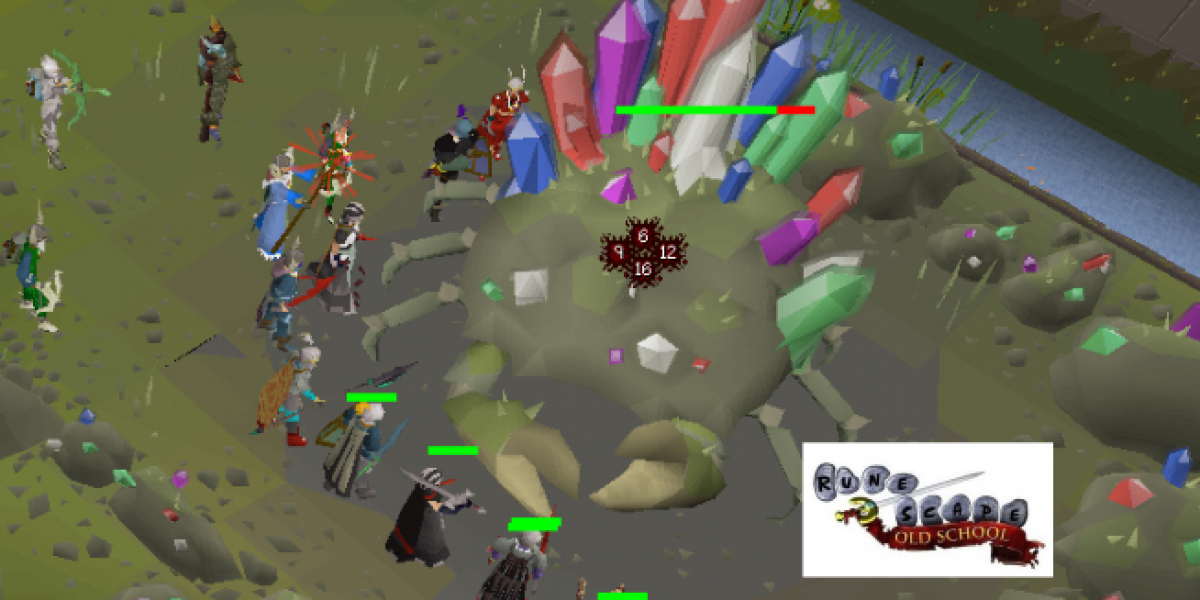In competitive sports, injuries are inevitable. Whether it’s a sprinter’s strained Achilles, a tennis player’s wrist pain, or a weightlifter’s shoulder tear, tendon injuries can sideline even the most disciplined athletes for months. But the conversation in sports medicine is shifting — away from simply rest and rehab and toward science-driven recovery strategies that rebuild tissue stronger and faster than before.
Understanding Tendon Injuries: Why They Take So Long to Heal
Tendons are the unsung heroes of the human body. They connect muscle to bone, enabling movement, power, and stability. Yet unlike muscles, tendons have limited blood flow — meaning when they’re damaged, oxygen and nutrients struggle to reach the site of injury.
This slow healing process is why many athletes experience:
Persistent inflammation even after the pain subsides.
Scar tissue buildup, leading to stiffness and reduced range of motion.
Recurrent injuries if rehabilitation is rushed or incomplete.
In the past, sports medicine relied primarily on physiotherapy and anti-inflammatory treatments. While effective to a degree, these methods don’t address the cellular-level repair that tendons truly need. That’s where new regenerative approaches come into play.
The Rise of Regenerative Medicine in Athletic Recovery
In recent years, the concept of regeneration — healing tissue by stimulating the body’s own repair mechanisms — has revolutionized how doctors treat tendon injuries. Techniques such as platelet-rich plasma (PRP), stem cell therapy, and growth hormone modulation have opened new frontiers.
Athletes now work with specialists who not only focus on healing but on optimizing recovery outcomes. The goal isn’t just to get back on the field — it’s to return stronger, with improved resilience and reduced risk of re-injury.
How Growth Hormone Influences Tendon Healing
One of the key factors in this process is growth hormone (GH). Naturally produced by the pituitary gland, GH plays a vital role in tissue regeneration, collagen synthesis, and protein metabolism — all of which are crucial for repairing tendon fibers.
Clinical studies show that optimized GH levels can:
Accelerate collagen remodeling — strengthening the tendon’s structural integrity.
Reduce recovery time between workouts or rehab sessions.
Improve cellular repair efficiency, allowing tendons to regain flexibility and elasticity faster.
However, the dosage and application of growth hormone must be carefully calibrated to achieve the desired therapeutic effect without disrupting the body’s hormonal balance.
Optimizing Recovery: The Science Behind HGH in Tendon Repair
Human Growth Hormone (HGH) has become a major focus in sports medicine for its potential to aid tendon healing at the cellular level. While once misunderstood as merely a performance-enhancing substance, HGH in controlled medical use can accelerate recovery when prescribed responsibly.
According to specialists at the hgh dosage for tendon repair (hgh dosage for tendon repair) guide, proper dosing protocols can help injured athletes experience faster tissue regeneration while minimizing downtime. When administered under medical supervision, HGH enhances collagen production — the key protein that gives tendons strength and elasticity.
Unlike traditional recovery methods that simply manage symptoms, targeted HGH therapy promotes biological healing, meaning the tissue itself rebuilds stronger than before. That’s why professional and semi-professional athletes are increasingly turning to regenerative therapies as part of their long-term wellness strategies.
The Role of Comprehensive Rehabilitation
While medical interventions play a significant role, true tendon recovery is multifaceted. A structured rehabilitation program that combines science, movement, and nutrition is essential to achieving lasting results.
Here’s what a well-rounded tendon recovery plan should include:
Progressive Load Training: Controlled stress helps tendons adapt and rebuild properly. Starting too heavy or skipping progression risks reinjury.
Nutrient Support: Collagen-rich diets, vitamin C, and amino acids such as glycine and proline support tissue rebuilding.
Restorative Sleep: Deep sleep is when growth hormone peaks naturally, so quality rest enhances the body’s healing rhythm.
Consistency Over Intensity: Short, regular rehab sessions yield better outcomes than sporadic bursts of effort.
The Mental Side of Healing
Athletes often underestimate the psychological side of recovery. Being sidelined can affect confidence, motivation, and identity. Staying engaged — whether through visualization, light training, or mental coaching — keeps the recovery journey positive.
The best rehabilitation programs acknowledge this balance between physical and mental strength. Returning to sport isn’t just about being pain-free — it’s about restoring trust in your body’s capability.
Real-World Examples: How Athletes Are Using Modern Science
Elite sports teams and rehabilitation clinics now incorporate regenerative therapies as standard care. For instance:
Professional soccer players recovering from Achilles ruptures use HGH-assisted therapy alongside targeted physiotherapy to cut downtime by up to 30%.
CrossFit athletes combine micro-dosed GH with laser therapy to rebuild shoulder tendons after chronic strain.
Endurance runners rely on collagen-boosting nutrition and medical peptide support to reduce recurring tendonitis.
These advancements don’t just speed up recovery — they redefine what’s possible after injury.
Conclusion: Healing Smarter, Not Harder
The future of sports medicine isn’t just about faster recovery — it’s about smarter recovery. Understanding the biological science behind tendon repair gives athletes a roadmap to stronger, more resilient performance.
Incorporating modern medical insights, from hormone optimization to regenerative therapies, represents a shift in how we view injury: not as a setback, but as an opportunity for renewal. With the right approach, knowledge, and support, every athlete can transform injury into strength — rebuilding both body and confidence along the way.














